Want to get the very best out of your ground-breaking Toyota hybrid? We’ve gathered a number of hybrid driving hints and tips that will help you to get the best from the system, improving fuel consumption and getting you further for less.
Whichever Toyota hybrid you’ve set your heart on, the following tips and pointers should maximise the range and fuel economy of your Toyota.
The basics
It’s not just hybrids that benefit from the first seven tips – these will help to improve any car’s fuel efficiency:
- Clear out the boot! Keeping the boot free of unnecessary weight will give your car and immediate boost in performance and economy.
- Check your tyre pressures – dig out your owner’s manual, and do a weekly check to ensure that your tyres are correctly inflated in line with Toyota’s recommendation. Or read our handy tyre pressures article here.
- Think ahead – by planning your journeys, you can avoid traffic jams and minimise the likelihood of getting lost.
- Shut up! Closing the windows and sun roof at speeds above 45mph will reduce drag, reducing fuel consumption.
- Remove unused roof racks, boxes and bike racks – they’re a real drag too!
- Steady as she goes – maintain a steady speed and don’t go over the speed limit.
- Smoothly does it! Try to avoid sudden braking or acceleration.
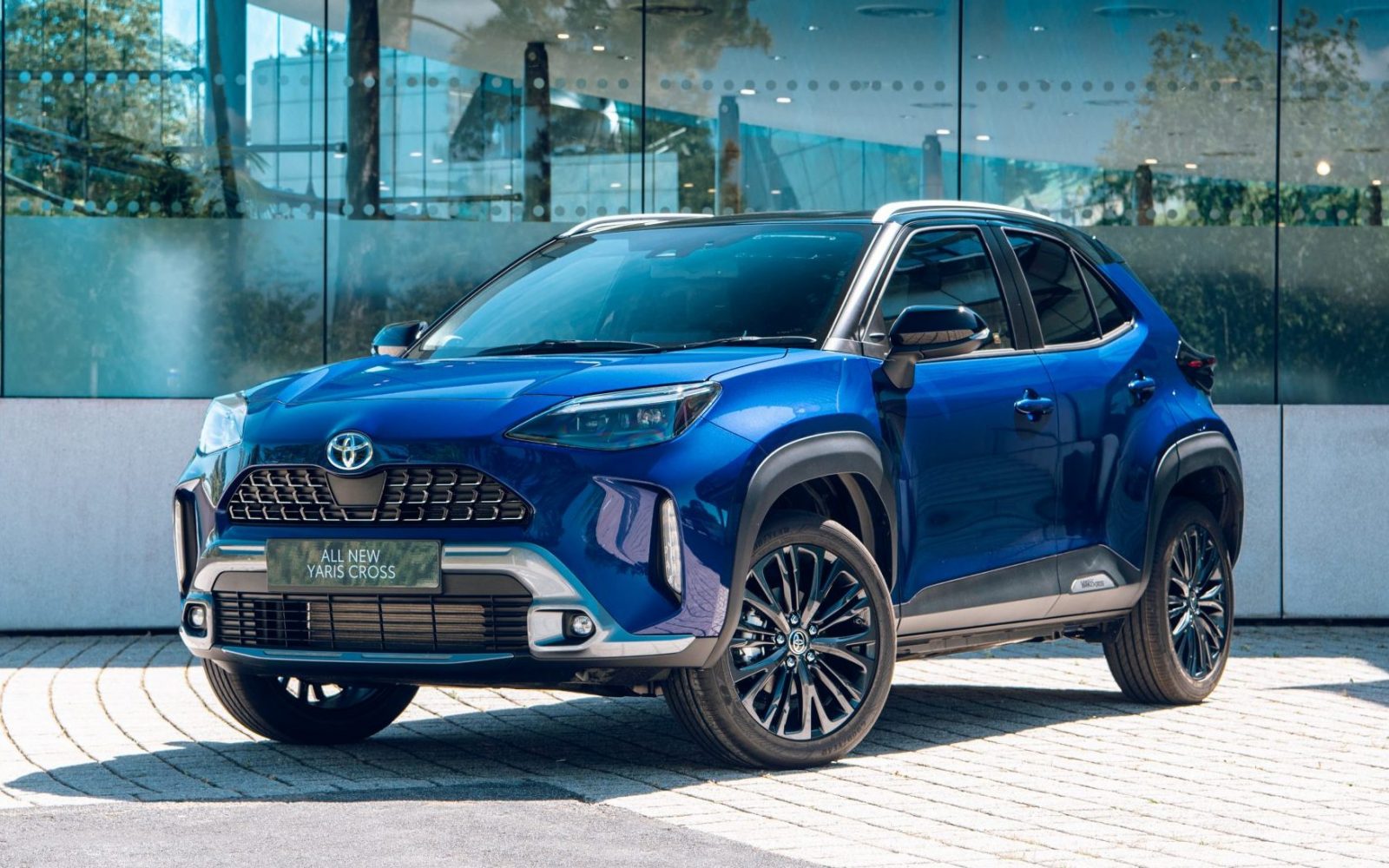
Hybrid driving: hybrid-specific tips
Sorry everyone else, but these tips are for hybrids only:
- Become familiar with the hybrid information display so you can know how much energy is being used.
- EV does it! Keep the car in EV mode as much as possible by using the accelerator gently, pressing it lightly but consistently.
- Improve efficiency with ECO mode, which reduces aggressive throttle response.
- Harvest time – braking gently and early helps the regenerative braking harvest more energy, which means EV mode can operate for longer periods.
- Keep an eye on the dials and gauges to fully understand the hybrid system and manage the charge levels in the hybrid’s high-voltage battery.
- If you’re in stop-start traffic, don’t put the car in neutral (‘N’) when stationary, as electricity will not be generated and the hybrid battery will discharge.
- Consider using cruise control (where fitted) to maintain steady speeds.
- When using climate control, Re-circulate mode reduces energy usage.
- Think about the environment! Constant or heavy use of systems like air-con, lights and wipers will increase energy consumption.
Hybrid driving: drive modes
Toyota hybrids have four drive modes: Normal, EV, Eco and Power. When you first start your hybrid, the car defaults to the ‘Normal’ drive mode, which automatically manages the most efficient use of both the engine and the battery.
Drivers can also select one of the car’s on-demand drive modes to achieve better fuel consumption in certain settings.
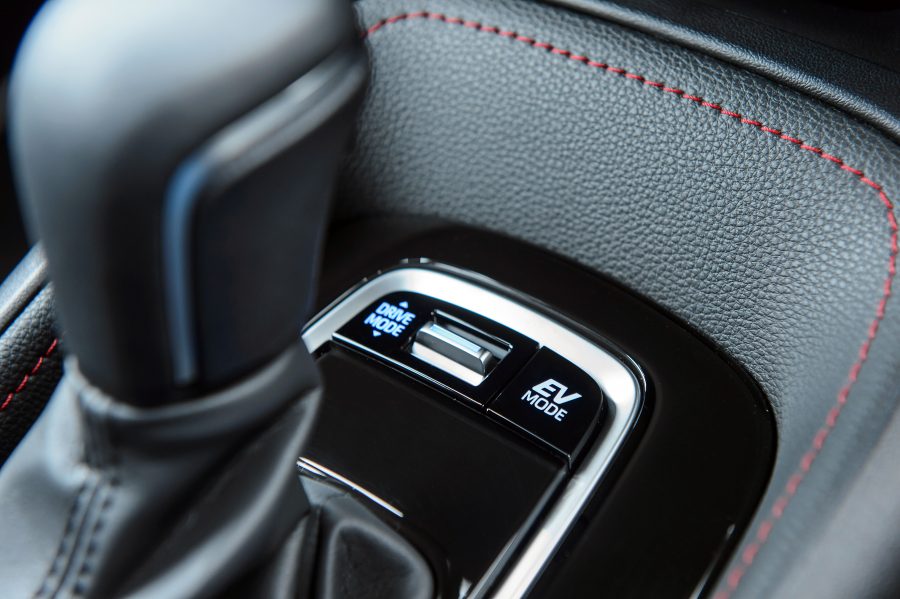
These drive modes are: EV Mode where the car is powered by the battery only during city driving, running near-silent and with no tailpipe emissions; Eco Mode that reduces A/C output and lessens throttle response to limit harsh acceleration; and Power Mode which boosts acceleration by using the hybrid battery to assist the petrol engine.
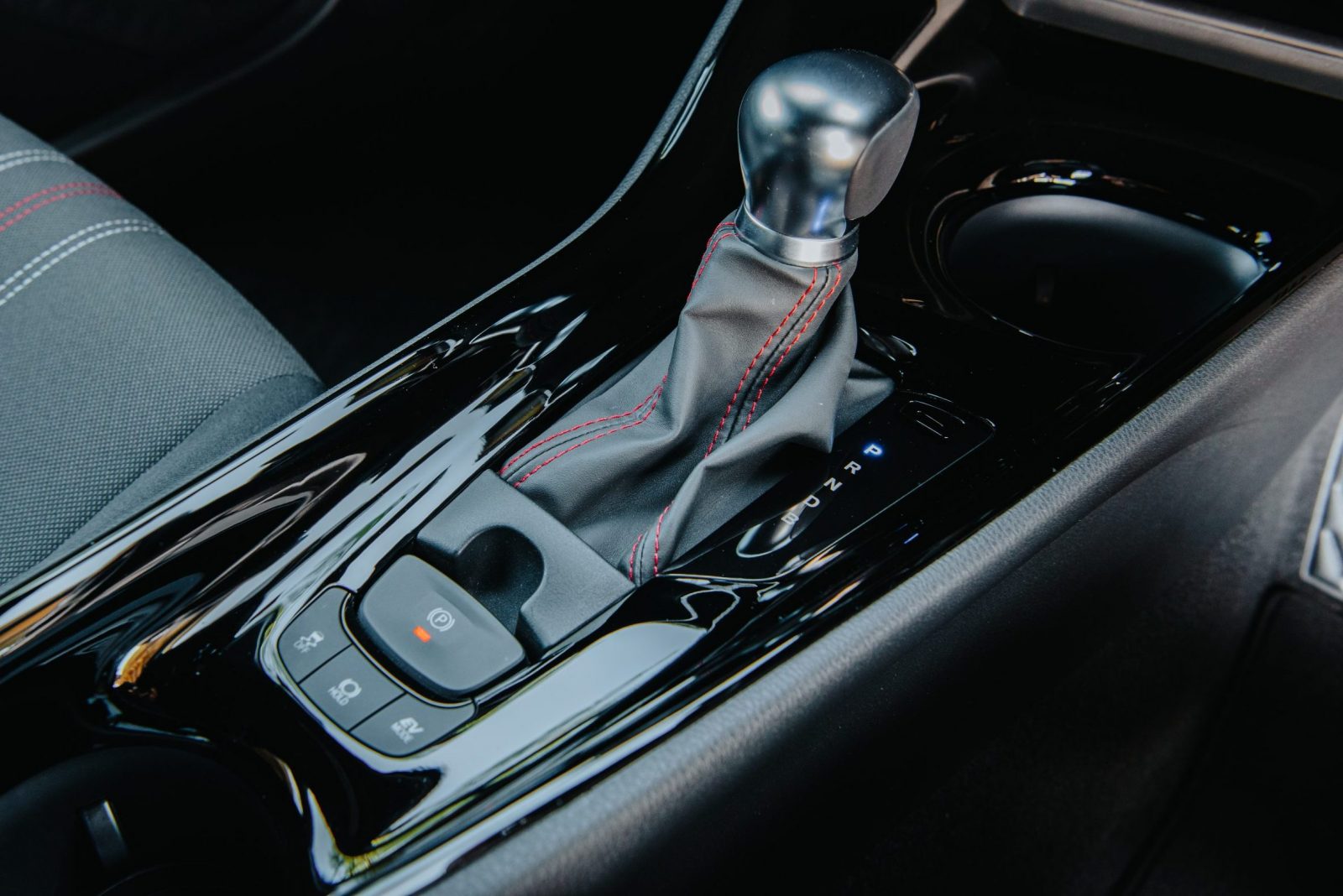
The shift lever offers four positions: R (Reverse), N (neutral), B (engine braking) and D (drive). For normal driving, D (drive) is absolutely fine, but should you need it, position B has the effect of engine-braking handy when descending a steep hill, for example. It’s not recommended to leave the car in position B for normal driving, mainly because you’d end up using more fuel than necessary!
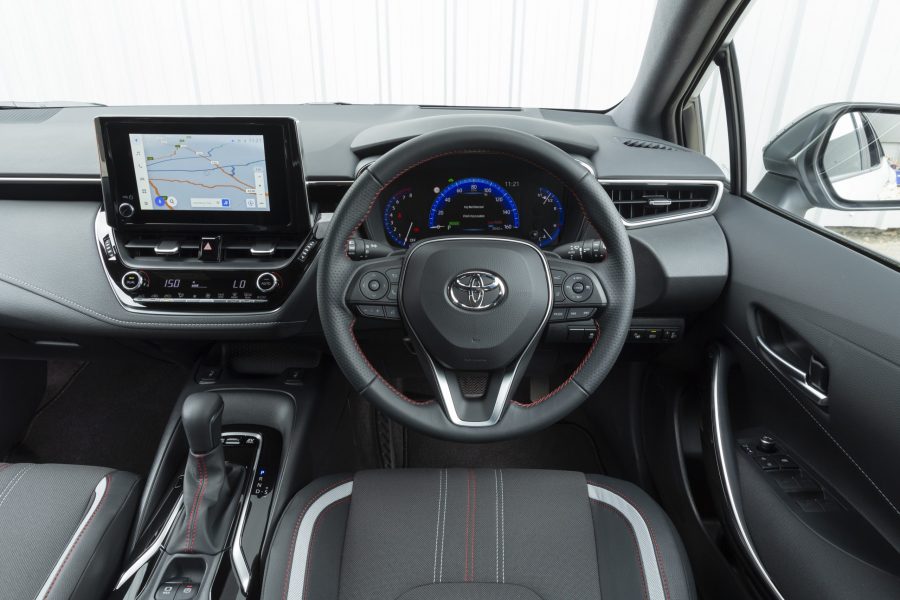
Hybrid driving: read the road ahead
Another great hybrid driving tip is to use the car’s battery whenever possible.
Another great hybrid driving tip is to use the car’s battery whenever possible. You can do this in town and urban driving by accelerating to your required speed, easing off the accelerator and then gently easing the accelerator on again. By doing this, you can activate EV mode – indicated by the dashboard light – which means that the engine has switched off and you are using the electric battery.
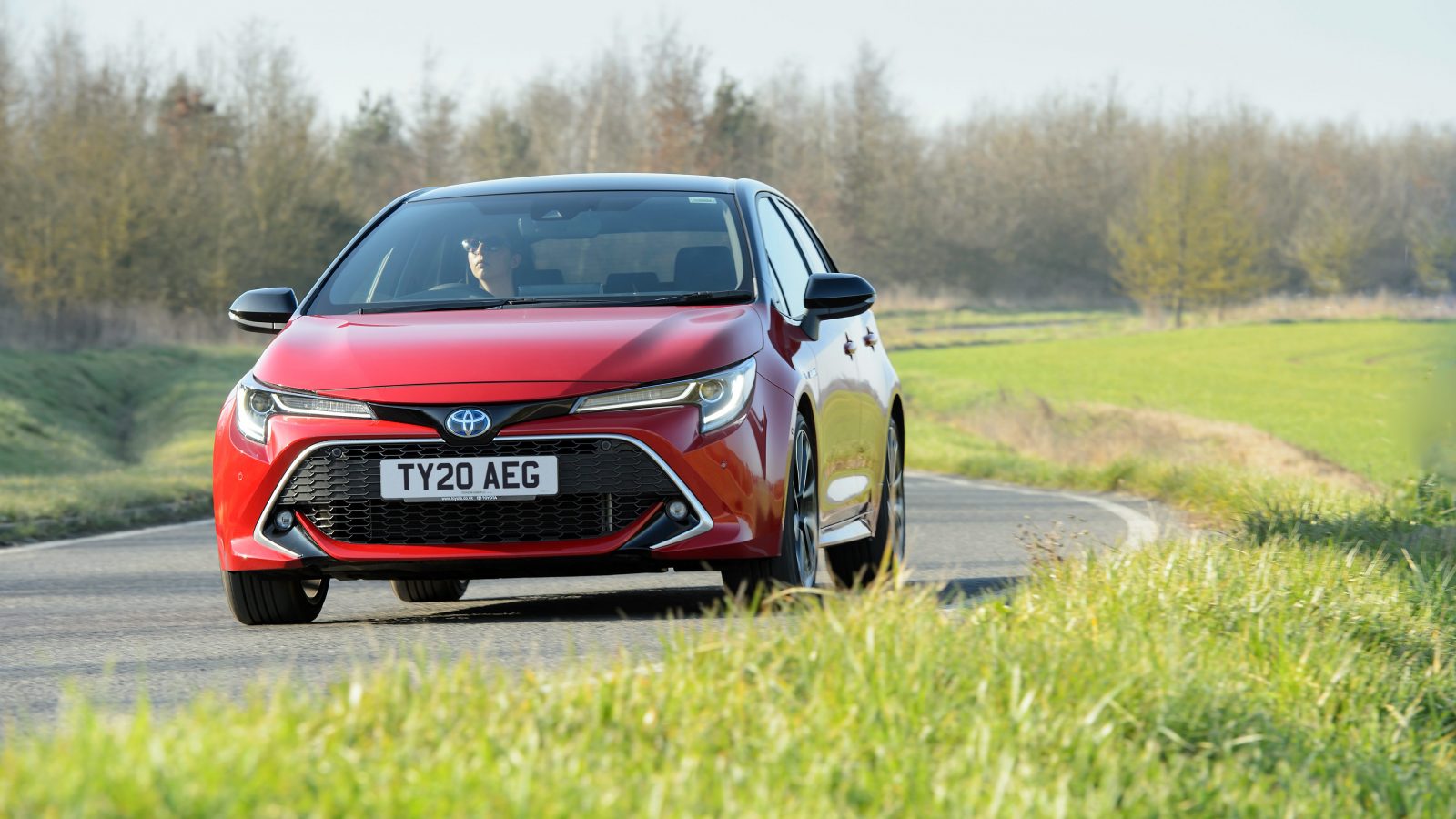
Try to maintain a constant speed and, as always, it’s important to read the road ahead. By doing this, you can reduce the amount of unnecessary braking and accelerating, using less fuel. Braking slowly and gently also maximises the amount of energy recovered by the regenerative braking system on the car.
Other factors to consider
Bear in mind that there are many factors that can affect a car’s performance, hybrid included. On cold days, your car will use more fuel as it warms up, but once it’s reached its optimum temperature, the MPG figures will increase.
Also, during the winter, you’re more likely to be using the air-conditioning, lights and wipers, all of which will use some electrical power from the battery. If you regularly travel the same route, don’t be surprised if you get better MPG figures during the summer than in the winter!
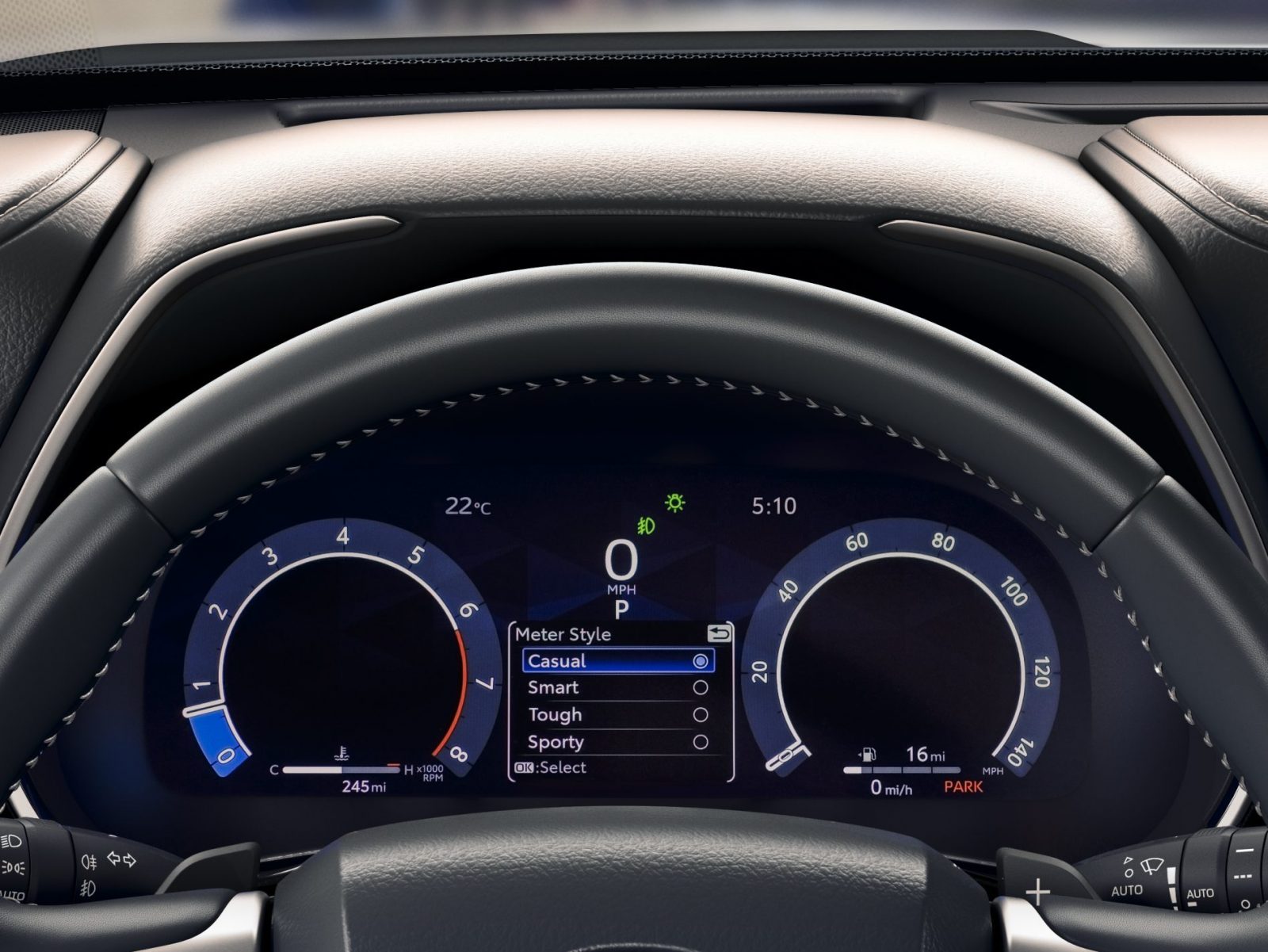
If you’d like more hybrid driving tips or want to discuss your driving technique with other hybrid owners, it’s worth visiting the Hypermiler website.
As a final note, please remember that these hybrid driving tips are published as general guidance on how to get the best fuel economy from your Toyota hybrid. Toyota encourages and supports safe driving at all times – please adhere to the rules of the road.
Read more: Toyota hybrid – how does it work?
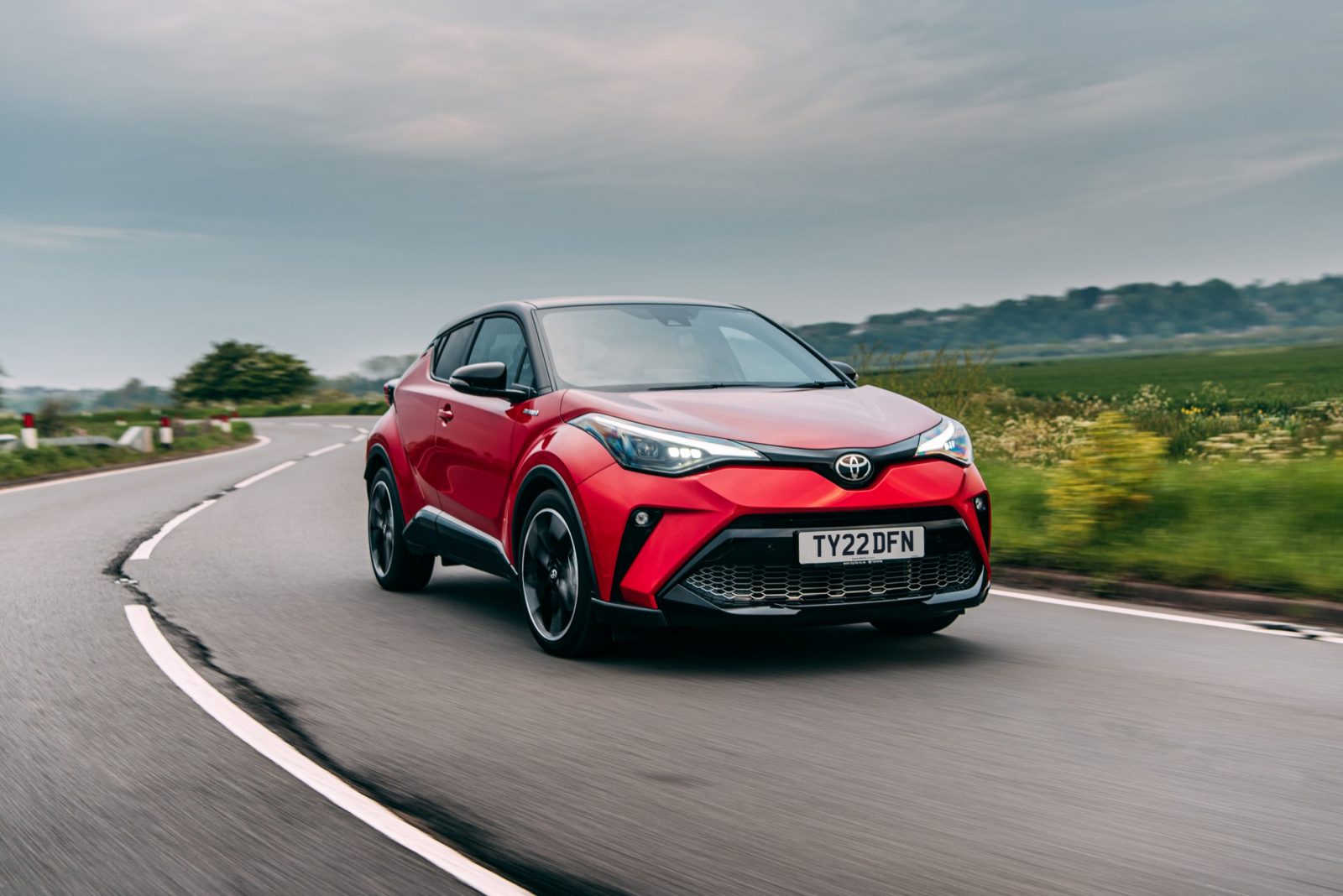
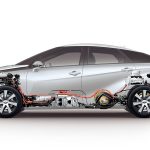
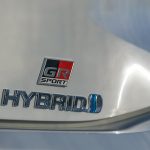
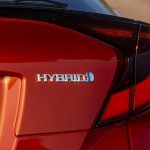
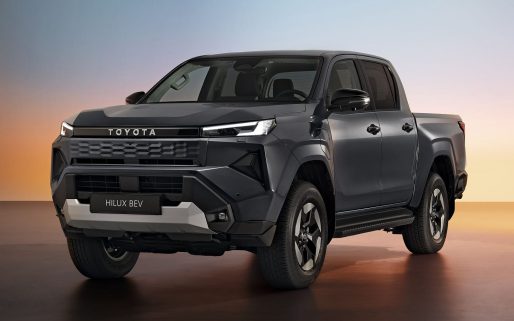
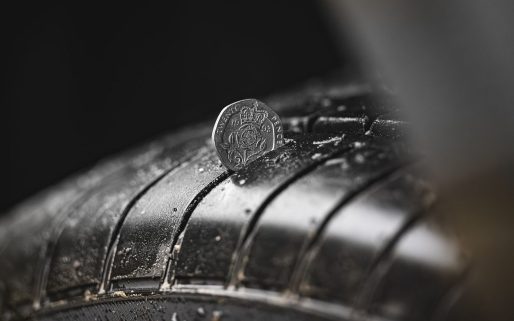

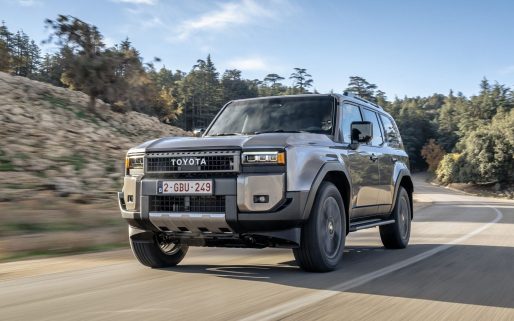
Good evening,
I have just bought my 2022 Yaris Excel a month ago in UK, and wish to know is there any way to see the remaining battery level for the 12V battery? Thank you very much in advance
Hi Jay, thanks for getting in touch.
We would recommend visiting your local Toyota Centre for this information.
Thanks,
Hi I have bought Toyota Yaris 2021 and had new battery installed 12volt driven for 3 weeks and went on holiday car was parked for 8 days at home and came back and car wouldn’t start battery completely flat. I have told that I need to run the car everyday and when I bought the car I wasn’t told that!! Dealer helped me where I explained the pattern I will be opting to drive for 2 days 44 miles and other 5 days dropping Kids to school or food shopping etc and I was told this is perfect car for me and I have already paid £1000 in Toyota garage to replace battery and few other things. I have anxiety and stress that if I leave the car at airport it may not start after 1 week what shall I do please advise? Thanks
Hi Harinder,
Thanks for getting in touch.
To provide a bit of reassurance, less than 1% of our entire customer base encounters issues with their 12 volt Battery. All modern cars drain the 12v battery when they are switched off. This is due to the onboard electrical systems. If the 12v battery is not given a chance to recharge often enough, it will go flat. We pride ourselves on performance and reliability so to ensure there is a continuation and we live up to our own standards, we have introduced a higher performance battery for some of our models if and when needed. Read more here and pick up some tips that, if followed, can help ensure your Toyota remains in tip-top condition during an extended layoff: https://brnw.ch/21wDfeR
I just bought a 2024 RAV4 GX 2WD HYBRID.
I have some extra information about fuel economy in hybrid cars That have not been mentioned in this article I hope it is helpful to everyone who takes the time to read this information I have gathered for this comment.
HEAVY LOADS AND TOWING.
A lot of drivers carry unnecessary equipment in their car &/or tow excessively heavy load; even extra passengers and luggage for a getaway trip will add extra weight to the vehicle which will decrease fuel economy,..It’s best to clean your vehicle out, removing unnecessary items and only carrying essential items.
Heavy loads in hybrid cars increase fuel use because more engine power is needed to overcome the increased rolling resistance and aerodynamic drag from the extra weight, which is particularly true for long distances or high speeds where the electric motor’s support is limited by battery capacity. More weight requires the engine to work harder, thus consuming more fuel, and this added burden also drains the smaller hybrid battery faster.
Increased Effort for the Engine:
More Power Required – A heavier vehicle, whether carrying passengers or towing a trailer, requires more force to accelerate and maintain speed. Greater Fuel Consumption –
This increased demand for force is met by the engine, leading to a higher rate of fuel consumption. Rolling Resistance: Overcoming Inertia – Heavier loads increase the force needed to overcome the vehicle’s inertia, meaning the engine must work harder to get the car moving.
Tire Pressure – Tires have to work harder against the road surface, increasing rolling resistance and requiring more energy.. Aerodynamic Drag – Increased Surface Area – A trailer or a vehicle full of passengers and equipment adds to the overall surface area of the vehicle, increasing the air resistance it encounters. Engine Strain – The engine has to exert more force to push through the greater amount of air, which further increases fuel use – Impact on Hybrid Systems – Battery Drain: The added strain from heavy loads depletes the hybrid’s battery faster – Engine Dominance: In such conditions, the gasoline engine has to provide more power, which can lead to the electric motor providing less support and the engine running more frequently. Why It Matters – Weight vs. Fuel Efficiency: – For every 100 pounds (45 kilograms) of extra weight, a vehicle’s fuel efficiency can decrease by approximately 2%. Manufacturer Specifications – Car manufacturers design fuel economy ratings based on a standard vehicle weight, and exceeding this by a significant amount, such as with passengers or a trailer, will inevitably reduce mileage.
HILLS, ESPECIALLY STEEP HILLS WILL ALSO REDUCE FUEL ECONOMY – When you’re driving up a lot of hills – especially steep hills The MORE fuel you’ll use – however the acceleration on the hills is also charging your hybrid battery,. Accelerate briskly a bit before the hill begins to build momentum, which helps the car use its electric system and momentum to carry you up the incline more efficiently. Plan Ahead – Look ahead and anticipate the hill. Use the electric power – Once at speed, ease off the accelerator. The hybrid system will often use the electric motor to maintain your speed, keeping the engine off or running less frequently. Avoid “Jerky” Inputs – Sudden, aggressive throttle changes can be inefficient and make the engine work harder. Don’t use Cruise Control – Cruise control tries to maintain a constant speed and can be inefficient on hills, leading to unnecessary fuel use.
On the other hand going down hills will use your EV hybrid battery power & using your brakes will charge the battery with the regenerative braking – only use “B” (Braking) mode on the steeper downward slopes. For most hybrid driving downhill, standard “D” (Drive) mode is the best choice, as your hybrid system is designed to use regenerative braking to control speed and charge the battery during normal operation. If your vehicle has a specific low-gear or engine braking mode (often labeled “B”), it is best reserved for longer, steeper hills to reduce reliance on your physical brakes and help prevent overheating. For regular downhill driving, simply leaving it in “D” is sufficient and often more fuel-efficient than using “B” mode the entire descent.
Remember the best way to get the best fuel economy out of your hybrid vehicle is to accelerate and brake gradually, use “D” Mode for normal driving, “E Mode for highway driving and when in “Cruise Control’. Keep your car in” D” Mode at traffic lights not in “N” Mode (Neutral); and try to lighten the vehicles load as often as possible. Don’t idle for too long in “D” mode unnecessarily. Use ‘Sport Mode’ when you need extra acceleration, for example merging onto a freeway or when overtaking using sport mode too often will increase fuel usage.
Here are some uncommon ways your hybrid’s fuel economy can suffer: –
Ineffective Use of Regenerative Braking – Hybrid systems excel at capturing energy during deceleration. If you brake too hard or too soon, you engage the conventional hydraulic brakes, which generate heat rather than recharge the battery, wasting fuel and wearing your brake pads and rotors out more quickly than necessary. Battery Degradation – Like all batteries, a hybrid’s battery can degrade over time, losing its capacity to store and deliver energy efficiently. This reduced performance directly impacts fuel economy. Make sure you get a “Battery Health Check” every 12 months as per TOYOTA‘s recommendations. Engine Wear and Low Temperatures – The engine in a hybrid can operate at lower temperatures and for shorter durations than in a conveniently car, which can sometimes lead to issues like water and fuel dilution in the engine oil, affecting its efficiency.
High-Speed or Extended Engine Operation:
While hybrids are excellent at low-speed driving and stop-and-go traffic, their efficiency decreases at higher speeds where the petrol engine is the primary power source, and the benefits of electric-only driving are reduced.
Heavy Power Draw from Accessories – Large aftermarket accessories, or even frequent use of high-draw features like powerful air conditioning, can pull more power than the hybrid system is designed for, forcing the engine to run more often to compensate.
Poor Tire Maintenance – Underinflated tires increase rolling resistance, forcing the engine to work harder to move the vehicle, which significantly reduces fuel economy. .
I have been on a few 100 to 200 km trips in my new RAV4 with some city, urban and freeway driving with an average fuel consumption of 4.9 L of fuel per 100 kilometers, my EV driving percentage is usually between 50 to 65%. I’m extremely happy with the fuel economy of this car. In the prior eight years, I owned a Toyota CHR KOBA turbo 2WD and I absolutely loved that car. It was so stylish however it was too low for me with my back pain and my age so I needed to buy something bigger and the RAV4 was a perfect choice being regarded as such a popular and extremely reliable car with one of the best engines and automatic transmissions in the current car market, and TOYOTA has such a good reputation with their hybrid systems as well;.and I absolutely love the way it drives. I have been watching a lot of YouTube videos on how best to look after my car, drive it best and how often I should get my maintenance done – which is actually more often than TOYOTA recommends. Good scheduling of maintenance is the key to longevity and I want to own this car for as long as I possibly can and get as many kilometers as I can out of this car. I have no intentions of selling it. Even though the GX is the base model it has the exact same upgraded Safety Features as across the entire range up to the top model.What I love most is the SOS emergency auto crash detection; especially for country driving – I have the peace of mind, knowing that if I am involved in an accident, that emergency services will be called knowing my location by GPS coordinates, even if I am unconscious and unable to tell them myself.
Today I am about to leave on a 6-800 km trip for 5 days to The Blue Mountains in NSW Australia. I will also be traveling on the famous Lithgow Zigzag Steam Train Railway and visiting the many beautiful mountain Lookouts, bush walks and Waterfalls in the National Parks in the area. After the trip I will put up another comment about how economical the fuel was during my trip.
Good morning Lisa,
Thank you for your insight, it’s always great to hear feedback from another satisfied customer.
We are also pleased to hear that you have gone the extra mile to take care of your vehicle, everyone here at Toyota UK wishes you many more happy miles in your Toyota RAV4 and finally a wonderful trip as you travel through and explore the Blue Mountains.
Many thanks,
Toyota UK